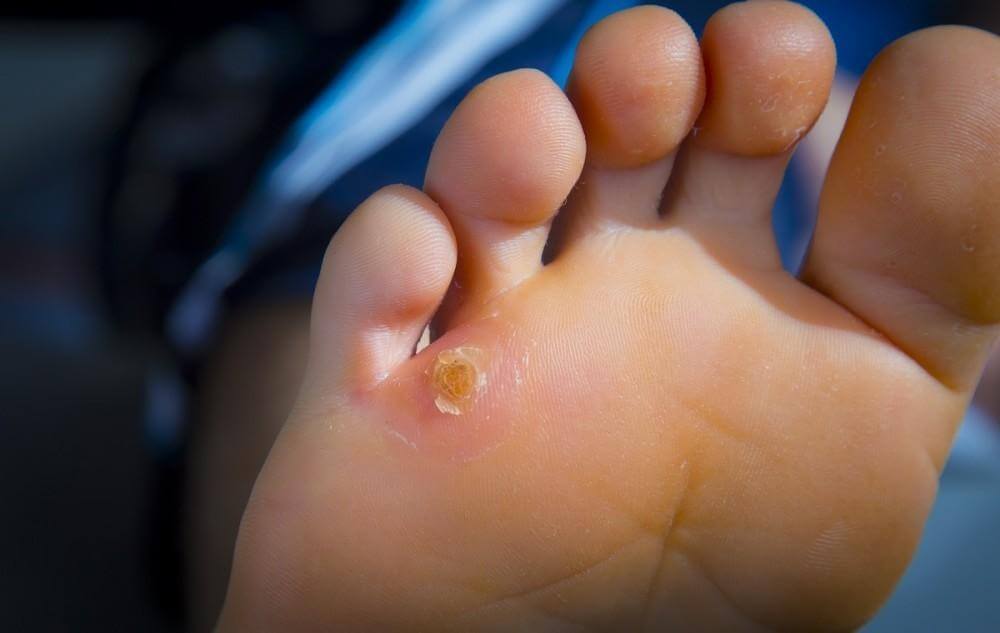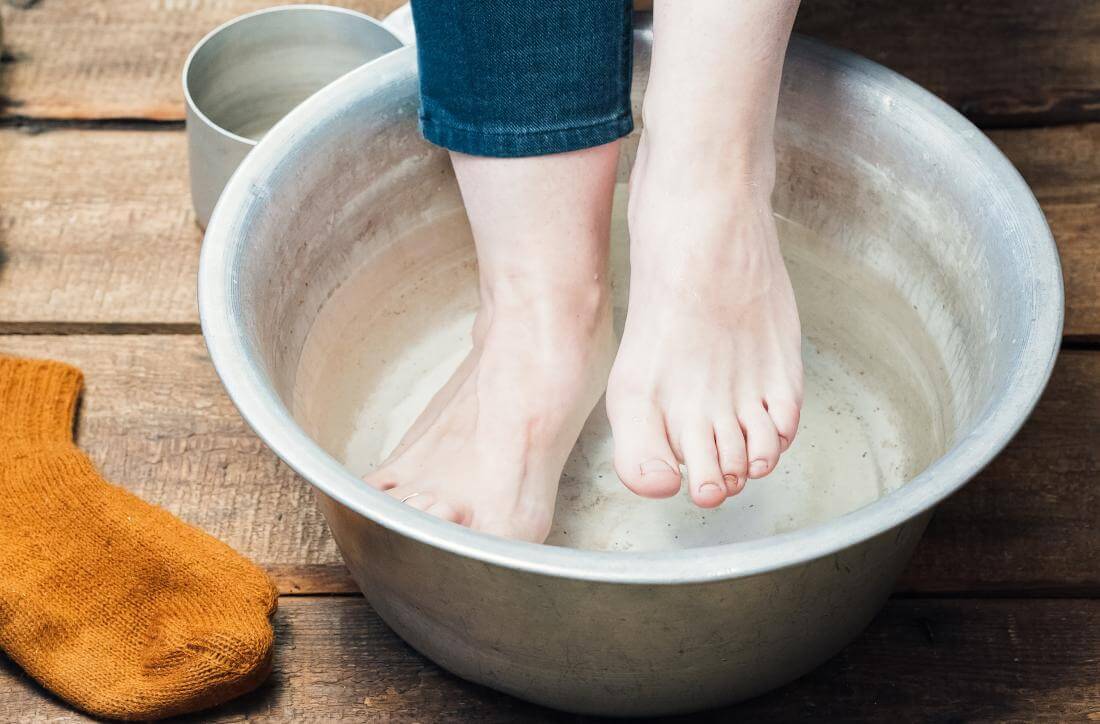Understanding Foot Corns: Causes and Treatment Options
When it comes to foot discomfort, corns are a common complaint. These small, hardened areas of skin can make every step painful, impacting one’s quality of life. In this comprehensive guide, we will delve into the causes of foot corns, explore various treatment options, and equip you with the knowledge to tackle this common foot ailment.
What Are Foot Corns?
Foot corns are localized areas of thickened and hardened skin that typically develop on the feet, especially on the tops and sides of toes. They are the result of friction and pressure, often caused by ill-fitting shoes or repetitive activities that put stress on the feet. Understanding the causes is crucial in preventing and effectively treating foot corns.
Causes of Foot Corns
- Ill-fitting Footwear
Wearing shoes that are too tight or have high heels can cause excessive pressure on certain areas of the feet, leading to the formation of corns. The constant friction and rubbing can result in the skin thickening as a protective measure. - Toe Deformities
Individuals with toe deformities, such as hammertoes or claw toes, are more prone to developing corns. The irregular shape of the toes can cause friction against the inside of the shoes, creating an environment conducive to corn formation. - Bony Prominences
Bony protrusions on the feet can also contribute to corn development. When these areas experience repetitive friction or pressure, the skin reacts by thickening to protect itself, resulting in the formation of corns. - Occupational Factors
Certain occupations or activities that involve prolonged periods of standing or walking can contribute to the development of foot corns. Individuals in professions that require extensive time on their feet, such as nursing or retail, may be more susceptible.
Types of Foot Corns
- Hard Corns (Heloma Durum)
Hard corns are the most common type and typically occur on the tops or sides of toes. They are characterized by a dense, thickened core surrounded by inflamed skin. Hard corns are often painful, especially when pressure is applied. - Soft Corns (Heloma Molle)
Soft corns usually develop between the toes where the skin is moist and soft. They appear whitish and have a rubbery texture. Soft corns can be particularly painful due to the increased moisture and friction in the interdigital spaces. - Seed Corns
Seed corns are tiny, discrete corns that often appear on the bottom of the feet. While they are less common, they can be quite painful, especially when walking or standing for extended periods.
Treatment Options
Effectively managing foot corns involves a combination of preventive measures, lifestyle changes, and targeted treatments. Here are various treatment options to consider:
- Proper Footwear
Wearing well-fitted shoes is crucial in preventing and treating foot corns. Opt for shoes with a wider toe box and adequate arch support to reduce friction and pressure on the feet. - Cushioning and Pads
Using cushioning pads or insoles can help distribute pressure evenly across the foot, reducing the likelihood of corn formation. Moleskin pads or silicone toe sleeves can be placed over corns to provide additional protection. - Topical Treatments
Over-the-counter creams or ointments containing salicylic acid can be applied to soften and gradually remove the hardened skin of corns. However, it’s essential to follow the instructions carefully and consult a healthcare professional if there are any adverse reactions. - Foot Soaks
Soaking the feet in warm water can help soften the skin, making it easier to gently file away the corn with a pumice stone. Be cautious not to overdo it, as excessive soaking may lead to increased skin sensitivity. - Orthotic Inserts
Custom-made or over-the-counter orthotic inserts can provide additional support and help alleviate pressure on specific areas of the feet. These inserts can be particularly beneficial for individuals with underlying foot deformities. - Medical Intervention
In cases where corns are persistent or causing severe discomfort, a healthcare professional may need to intervene. Podiatrists can safely and effectively remove corns using specialized tools, ensuring minimal pain and reducing the risk of infection.
Preventive Measures
Preventing foot corns involves adopting proactive measures to minimize friction and pressure on the feet:
- Choose the Right Shoes
Invest in well-fitted shoes with a proper toe box and sufficient arch support. Avoid high heels and narrow shoes that squeeze the toes. - Maintain Proper Foot Hygiene
Keep your feet clean and dry to reduce the risk of soft corns forming between the toes. Moisturize regularly to prevent excessive dryness that may contribute to corn development. - Regular Foot Inspections
Check your feet regularly for any signs of corns or calluses. Early detection allows for prompt intervention and prevents the worsening of the condition. - Toe Exercises
Performing toe exercises can help maintain flexibility and prevent deformities that may contribute to corn formation. Simple stretches and toe movements can make a significant difference.
Conclusion
Understanding the causes and treatment options for foot corns is crucial in effectively managing this common foot ailment. By taking proactive measures, such as wearing appropriate footwear, practicing good foot hygiene, and seeking timely medical intervention when necessary, individuals can minimize the impact of foot corns on their daily lives. Remember that everyone’s feet are unique, and finding the right combination of preventive measures and treatments may require some trial and error. If foot corns persist or worsen, consulting with a healthcare professional, such as a podiatrist, is advisable for personalized guidance and care.


